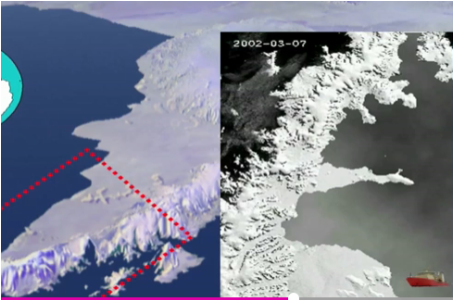

The peninsular is not alone as the massive Pine Island glacier is thinning and also the Totton glacier.
The IPCC 5th report specifically excluded this type of ice shelf collapse because it was unpredictable and also research was limited because of access.
We now have five years of CryoSat data and this shows a massive thinning of the peninsular ice shelves so we must keep a close watch on developments.

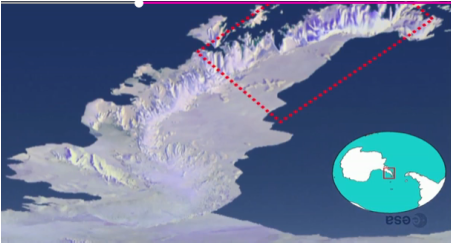
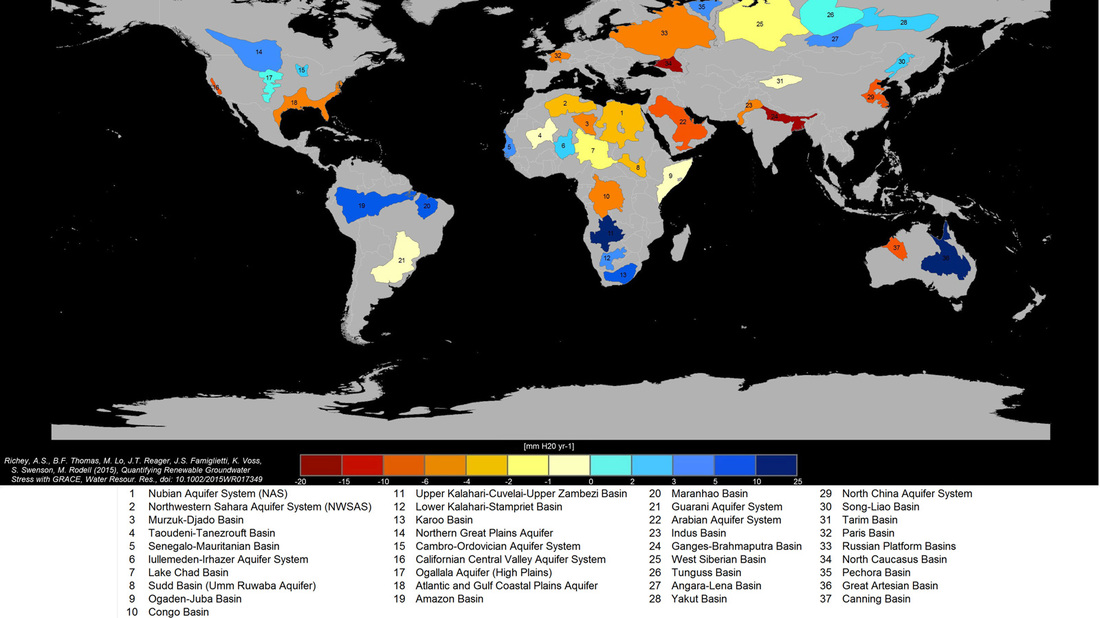

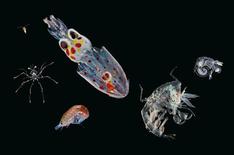
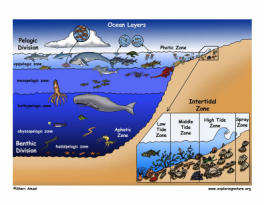
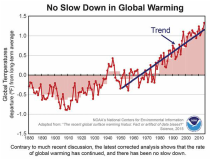
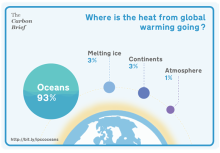
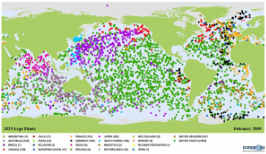

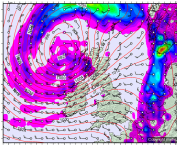
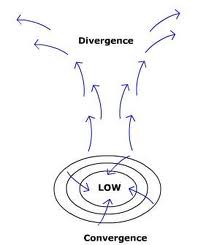

 RSS Feed
RSS Feed